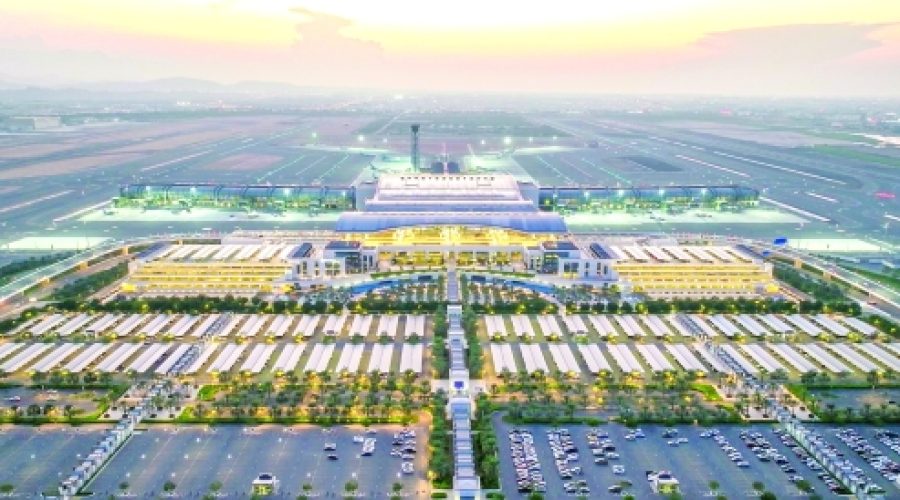Oman’s Aviation Sector Boosts Tourism and Investment: Key Opportunities for Business Growth
MUSCAT: Oman’s civil aviation sector is significantly contributing to tourism and investment by continuously enhancing airport infrastructure and expanding air connectivity to regional and international markets.
The Civil Aviation Authority (CAA), in collaboration with airport operators and an increasing number of national and international airlines, has launched new air routes connecting Oman to key destinations in Asia, Europe, and Africa. This expanded network has facilitated the movement of tourists, investors, and business travelers while bolstering the hospitality, travel, and logistics sectors.
Capitalizing on its strategic location along global air routes, the CAA has established Oman’s airports as essential hubs for both passenger and cargo transport. Improved domestic connections have further stimulated inter-governorate tourism and enhanced regional mobility.
By the end of 2024, aircraft movements through Omani airspace are expected to rise by 14 percent, reaching 530,300 flights, compared to 465,100 in 2023. Actual revenues for the Authority climbed significantly, increasing by 43 percent to RO 105.31 million, reflecting robust operational efficiency and economic contribution.
The CAA is fostering partnerships with the private sector in areas such as ground handling, maintenance, cargo services, and catering. These initiatives align with national goals to empower private operators, improve service quality, and adopt advanced technologies in airport operations. This collaborative approach has attracted both local and foreign investments aimed at developing modern maintenance centers and logistics zones, creating job opportunities and adding value to the national economy.
To enhance the investment climate, the CAA is streamlining regulatory procedures and implementing competitive licensing standards, encouraging new entrants, including low-cost carriers, and nurturing the growth of inbound tourism.
Significant upgrades to air navigation systems have been made, including improved ground radar, communication stations, and navigational aids, ensuring safe and efficient air traffic flow. The Authority’s sustainability strategy encompasses infrastructure maintenance, energy efficiency programs, and digital operational continuity, alongside improved governance and performance monitoring.
Green initiatives at airports include the implementation of solar power, smart energy and lighting systems, and the adoption of electric operational vehicles. The CAA has also started measuring airport carbon footprints and developing emission-reduction plans in line with international standards.
Regulatory frameworks have been strengthened with updated licensing requirements, including certifications for air navigation training centers and enhanced operational and maintenance regulations. A dedicated digital transformation program aims to broaden the range of digital services, improve Oman’s ranking in global e-services indices, and create a sustainable digital infrastructure.
In the realm of aviation safety, the Authority has adopted predictive safety tools and is implementing an integrated National Civil Aviation Security Program. A smart inspection and monitoring system supported by advanced digital technologies and cybersecurity protocols is being deployed, along with ongoing training for inspectors and aviation security personnel.
The Authority also emphasizes advancements in meteorology and early-warning systems. A nationwide modernization program is underway, enhancing automated monitoring stations, expanding weather radar coverage, improving satellite monitoring, and refining high-resolution numerical forecasting. These developments support national emergency management and help protect lives and property. — ONA
Special Analysis by Omanet | Navigate Oman’s Market
Oman’s expanding civil aviation sector presents significant opportunities for businesses, particularly in tourism, hospitality, and logistics, as enhanced air connectivity attracts both tourists and investors. However, the increased competition from new carriers may pose a challenge for existing players to maintain market share and service quality. Smart investors should focus on leveraging innovative technologies and partnerships within the aviation ecosystem to maximize growth in this evolving landscape.



